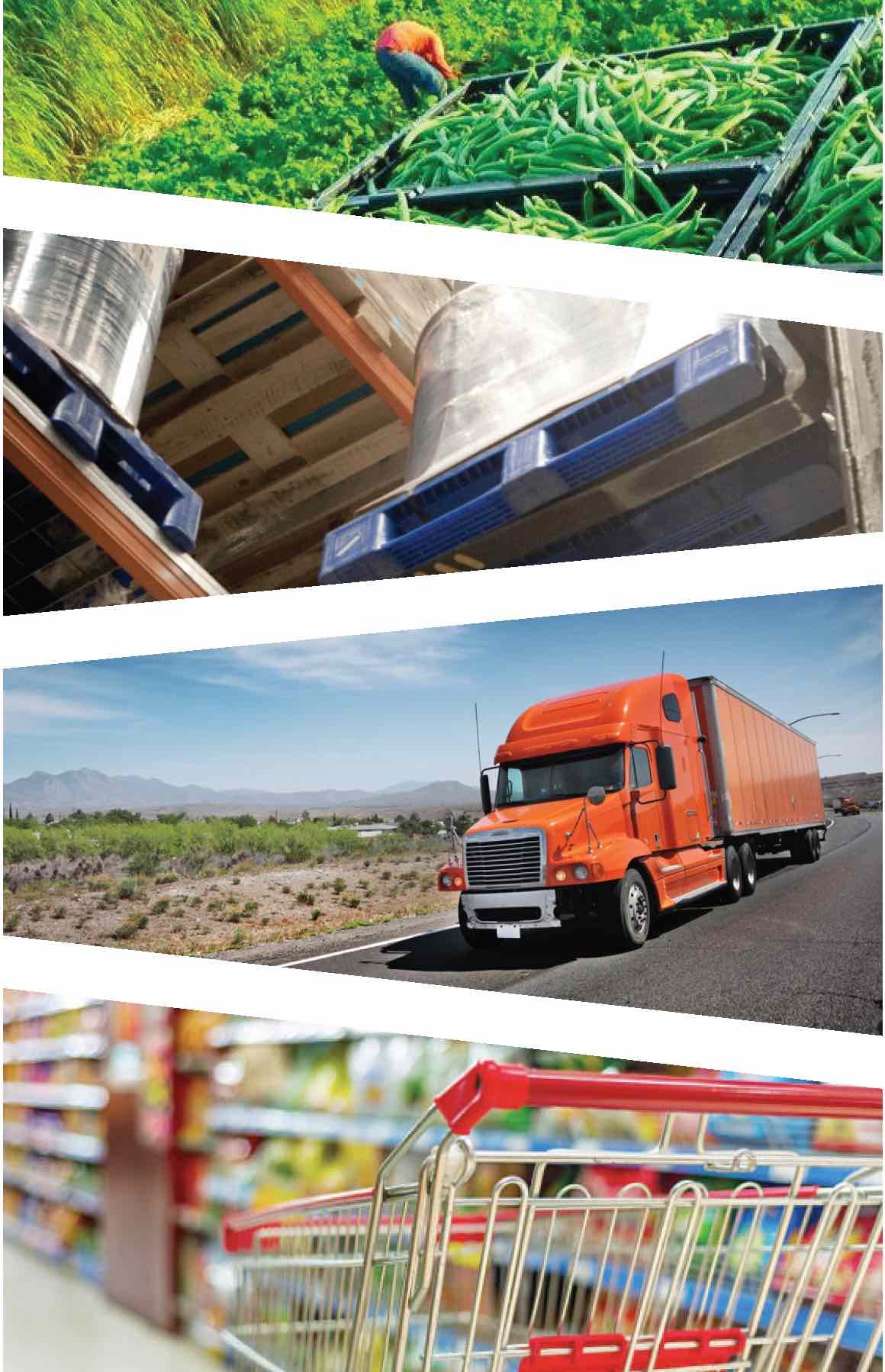Is a Wooden Pallet Tail Wagging Your Supply Chain Automation Dog?
Warehouse automation projects are becoming increasingly popular. Experts attribute the rush to automation on the rise of online commerce. “Rapid growth in the worldwide market for warehouse automation and control systems is being driven primarily by the global boom in e-commerce, and its profound effects on fulfilment requirements,” reports the ARC Advisory Group.
ARC notes that as the market “is analysed and the data is compiled, it becomes evident that the growth is rapid and widespread across vendors, regions, and technologies.” Automated warehouses help operators to efficiently address e-commerce and omnichannel fulfilment challenges related to staffing, picking productivity and space utilisation.
Consider that 80% of warehouses are still manually operated, according to the Robotics Industries Association. Things are expected to change dramatically. For example, the global logistics robotic market generated revenue of around £1,45 billion in 2016, rising to £17.2 billion by 2021. Robot unit shipments will increase from 40,000 to 620,000 annually over the period.
For the most part, automated systems require precisely manufactured, durable pallets that provide reliable service in high volume applications. Quality problems can result in pallets getting jammed in equipment or spinning out of alignment on conveyors. “Unfortunately,” a leading pallet provider notes in a brochure about automation, “for many customers, equipment jams are a fact of life.”
Many automation projects are turning to plastic pallets. The dimensional consistency of plastic pallets helps enable consistent performance. As retailers increasingly strive to offer next day or even same day delivery, there will be increasingly little tolerance for downtime. Plastic pallets can help ensure reliable fulfilment execution.
So, the question should be asked – does one design automation for optimisation, or does one design it to work as best it can with the supply chain pallet specification that has likely been in place for years or decades? For their part, some automation providers design systems with demanding pallet requirements, while others offer solutions that “work” with average wood pallets. But do they work as well as they could?
Over the years, wood pallet thought leaders have emphasised the importance of considering the pallet as part of an automated system, one as important as any other piece of equipment in it. It has been argued that by failing to design for the realities of the current pallet system, supply chains will endure significant additional cost in terms of requiring mechanized pallet transfer equipment (at a tactical level) or the even more sizeable investment in a compatible new pallet system (at the supply chain level).
Whether your supply chain is complex or relatively straightforward, it is certainly worth asking if the current pallet in use will limit the potential of the planned automation project. And be sure to consider the other automation projects which will inevitably follow in the years ahead. Make sure your legacy pallet doesn’t end up wagging the automation dog. It just might be time to take a serious look at supply chain pallet reform.


